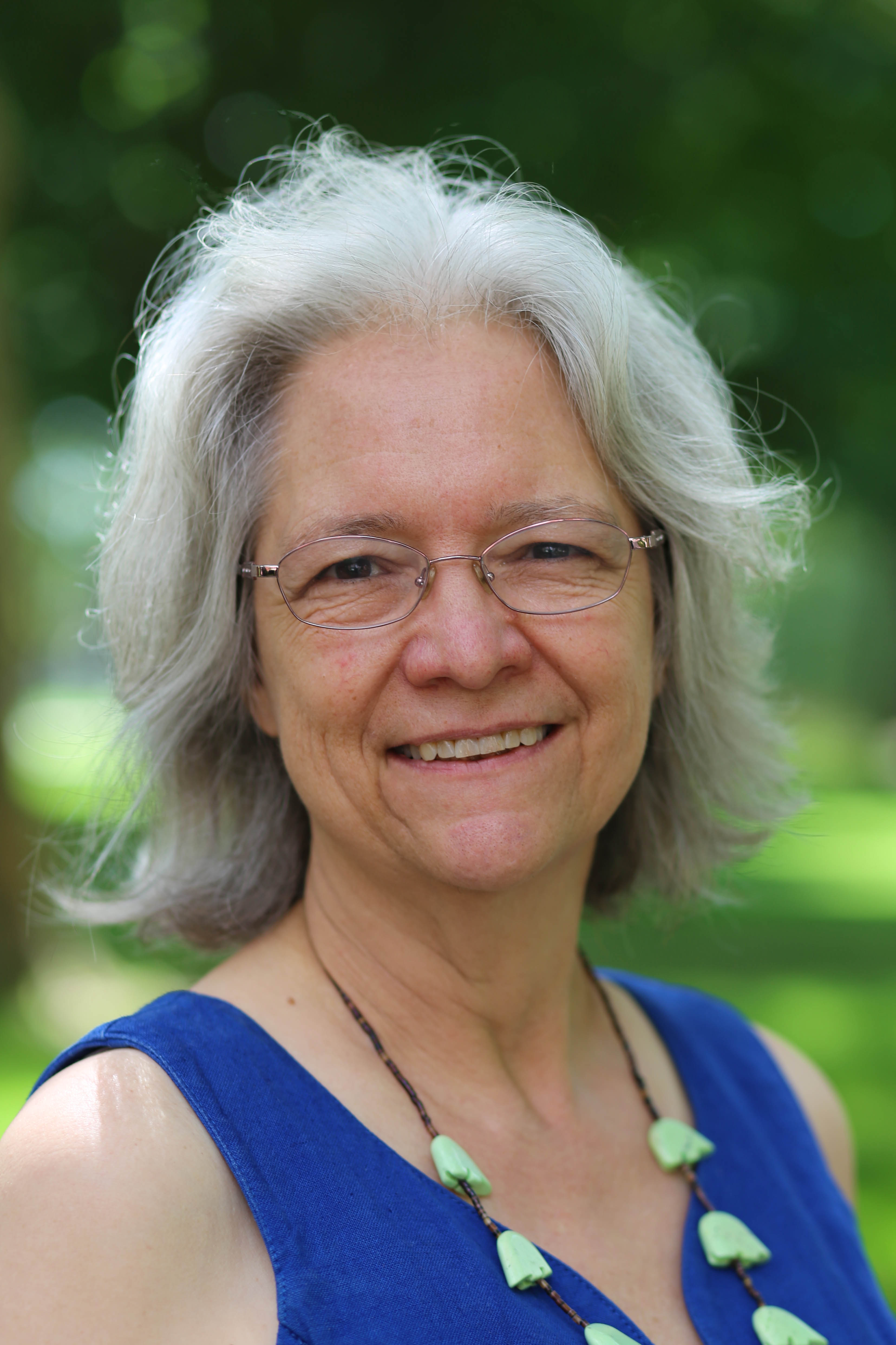A number of years ago I got into a lively discussion with a student, Emily Rodgers, over whether song lyrics could be viewed as poems. To prove her point, she wrote a paper for my American Lit class at Goshen College on the connections between Allen Ginsberg and Ani DiFranco. She later became a successful singer-songwriter and used a version of the paper to get into a graduate program in English. Now she is both a singer-songwriter and a college-level English instructor in Pittsburgh, Pennsylvania. Ever since, I’ve noticed the prolific number of excellent singer-songwriters coming out of the Mennonite crucible.
Carol Ann Weaver, a composer and professor of music at Conrad Grebel University College, has made a major contribution to the conversation between music and poetry, both as an artist and as a conference organizer. She has creating musical settings for poems and passages of prose by Mennonite Writers (Di Brandt, Dora Dueck, Jeff Gundy, Ann Hostetler, Julia Kasdorf, Rudy Wiebe) on three CDs: Awakenings, Thistle and Jewel, and Paraguay Primeval. She has also been a major facilitator of conversations between musicians and other artists and scholars in the three "Sound in the Land" conferences she has hosted at Conrad Grebel University in 2004, 2009, 2014.
In this issue of the Journal, nine singer-songwriters share a song they’ve written, as well as their reflections on the story behind the song, and on their engagement with the art of song writing more broadly. The contributors range from recent college graduates (Moral Circus) to theologians (Trevor Bechtel), poets and essayists (Jeff Gundy, Jessica Smucker), nurses (Andrew Gerber), farmers (Frances Miller), marketing executives (David George), and career composers (Carol Ann Weaver). A number of these writers are also college professors and teachers (Bechtel, Gundy, Weaver, and Emily Rodgers). And some of these contributors are active performers on the singer-songwriter circuit (Emily Rodgers, Jessica Smucker); most of them perform regularly with bands or solo. Some of them sense a strong connection between their Mennonite Anabaptist heritage and their music; for others it's a more subtle or subconscious connection. All of theme use music to ask probing questions about life, ethics, values, and meaning-making.
Carol Ann Weaver's "Lobsang" starts off the issue with a contemporary elegy for the Amish girls of the Nickel Mines school shooting. The title references the traditional song of praise ("Lobsang"), always sung as the second hymn at every Amish church service. Jessica Smucker's "Looking for Spiders" plays with nursery rhyme references as it probes the stories we choose to shape our perspectives on life. Trevor Bechtel, who founded the band, "The Anabaptist Bestiary Project," at Bluffton College to perform his allegorical compositions based on the animal kingdom, shares "Colony Collapse Disorder" with us. The song combines an upbeat invitation to "dance" in harmony with each other, as do the bees, suggesting the holy spirit's power to foster creativity in our lives.
In "This is My Home," Frances Crowhill Miller invites listeners to "come home to your bodies" in a gorgeous lyric of self-acceptance, that is also a "coming home to creation." Emily Rodgers's "Hurricane" provides a haunting contrast, exploring layers of darkness and self-doubt, destruction and rebirth, in a conversation with the self "willing to be saved." Andrew Gerber, a member of Double Barrel Darrel, for whom he wrote the song “31,” also engages in a conversation between aspects of the self in charting a life course. Moral Circus shares a collaborative composition, “Little Pine,” based on memories of nature, place, and childhood. Jeff Gundy, an award-winning poet and writer and Professor of English at Bluffton College, offers a song from his debut album, based on the title poem of his most recent collection of poetry, “Somewhere Near Defiance,” and shares something of the process through which it became a song. David George, a writer, cirtic, and marketing executive, offers a satirical composition, “Big American Man,” which challenges social narratives of masculinity and success.
We hope you enjoy sampling the rich variety of creativity offered by these musicians and writers, and hope you follow up by listening to some of their albums or following them online. This, our first issue on song writing, represents just a taste of the talent that song writers from Mennonite contexts have to offer. We hope to publish a sequel to this issue in the near future. Meanwhile, look for the issue on issue on Hymn writing, to be guest edited by Adam Tice, in January 2015.
--Ann Hostetler, with special thanks to Kate Yoder and Peter Miller for editorial and technical assistance.
